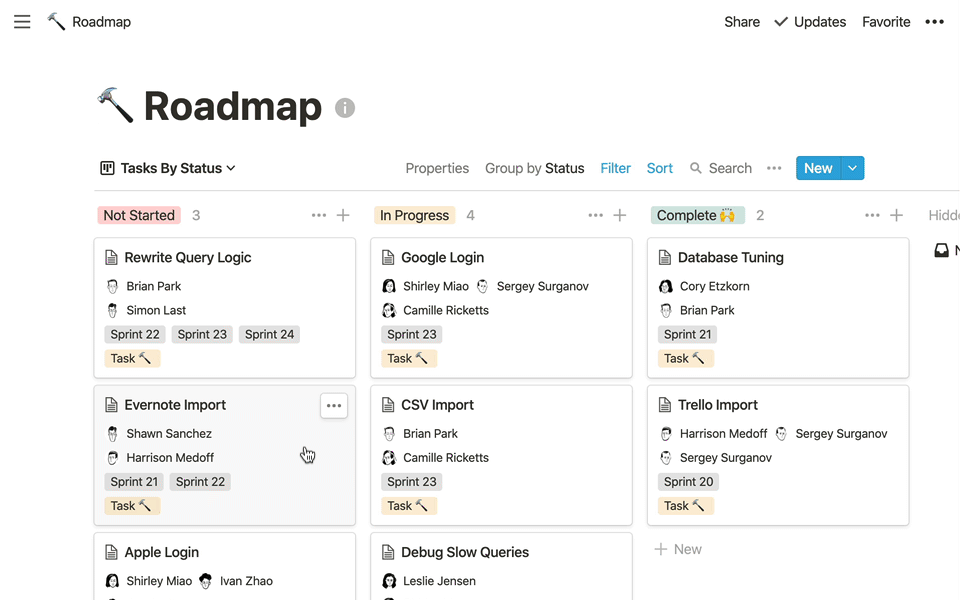Structuring Ideas Without Copyright Constraints
Notion: The Ultimate Creative Organization Tool

- Notion represents a paradigm shift in how creators structure their ideas and projects. By providing a flexible, customizable workspace that combines notes, tasks, databases, and collaboration features, Notion has become indispensable for creative professionals navigating copyright considerations while managing complex projects.
- What makes Notion particularly valuable for creators is its ability to organize reference materials, inspiration, and original content in a way that clearly distinguishes between external inspiration and original work. This clarity is essential for maintaining ethical creative practices and avoiding accidental copyright infringement.
- “Notion doesn’t just organize your work—it organizes your thinking. It’s the difference between having ideas and executing them effectively while respecting intellectual property boundaries.”
Structuring Creative Projects in Notion
Notion’s flexible structure makes it ideal for managing creative projects while maintaining clear boundaries between inspiration and original creation. The platform’s database functionality, linked pages, and customizable properties allow creators to build systems that support ethical content development.
Key Notion Features for Creators
Notion offers several powerful features that support copyright-conscious creative work:
Content Databases
Organize ideas, references, and original work with customizable properties and filters
Template System
Create reusable frameworks for projects that incorporate copyright best practices
Linking & Relations
Connect inspiration sources to original work while maintaining clear distinctions
Pro Tip: Inspiration Tracking
Create a dedicated database in Notion for inspiration sources with fields for source URLs, usage rights, and notes on how you’re transforming the inspiration into original work.
Building Copyright-Conscious Workflows
Notion enables creators to develop workflows that respect intellectual property:
- Source attribution databases: Track inspiration sources with proper credit information
- Original content repositories: Separate spaces for your unique creations
- Project documentation: Record your creative process to establish originality
- Collaboration guidelines: Shared spaces with clear rules about content usage
- Content calendars: Plan and track original content development
Key Elements of Effective Notion Workspaces

Organization
Structuring ideas and projects for maximum clarity and efficiency
Workflow
Creating systems that support consistent creative practice
Collaboration
Working with others while maintaining content integrity
Innovation
Developing new approaches to creative organization
Ethical Considerations in Creative Organization
Notion’s flexibility makes it an ideal tool for maintaining ethical creative practices. By creating clear systems for tracking inspiration, attributing sources, and documenting original work, creators can use Notion to build workflows that naturally respect intellectual property rights.
The platform’s ability to create connected databases allows for sophisticated tracking of how ideas evolve from inspiration to original creation, providing valuable documentation of the creative process that can help establish the originality of your work.
Transforming Your Creative Process with Notion
Notion offers unparalleled flexibility for organizing creative projects while maintaining ethical standards. By building thoughtful workspaces that distinguish between inspiration and original creation, tracking sources diligently, and implementing workflows that respect intellectual property, creators can leverage Notion to produce work that is both innovative and ethically sound.
Start with simple systems for organizing your ideas and gradually develop more sophisticated workflows as you become comfortable with Notion’s capabilities. Remember that the most effective creative systems are those that support your natural workflow while maintaining clear boundaries around content usage.





